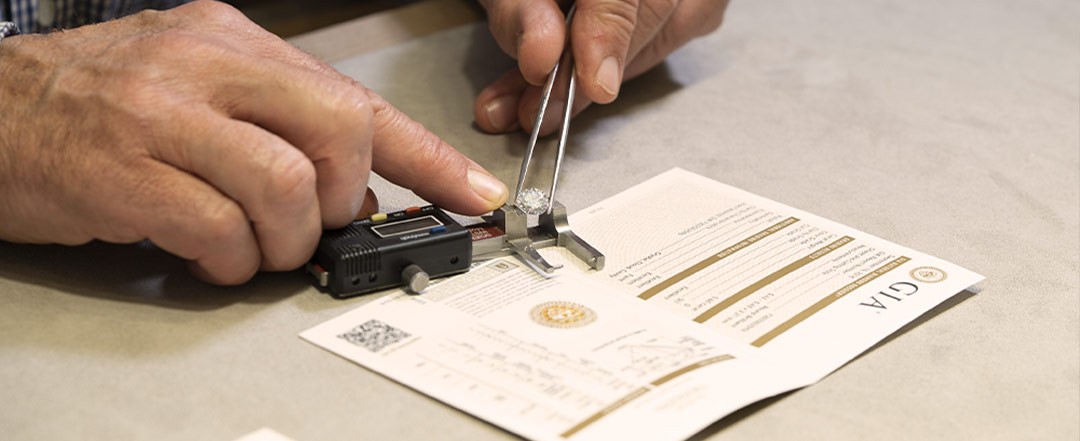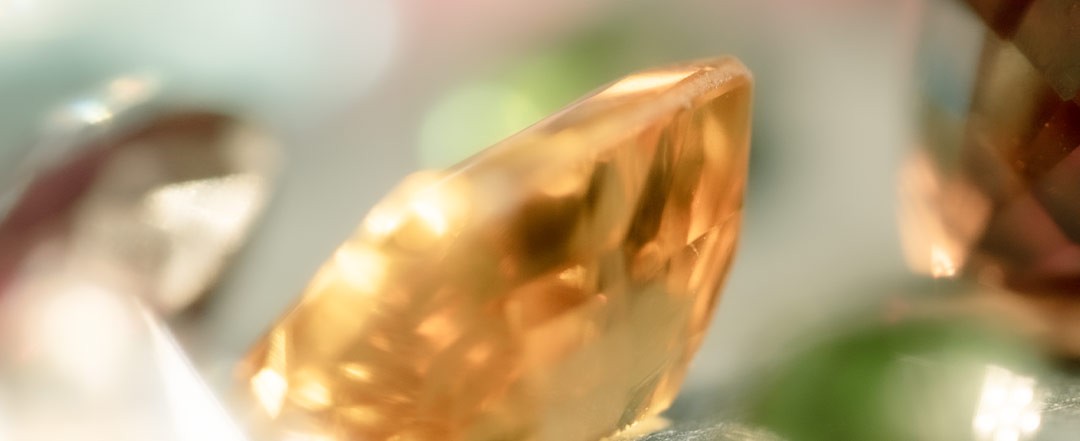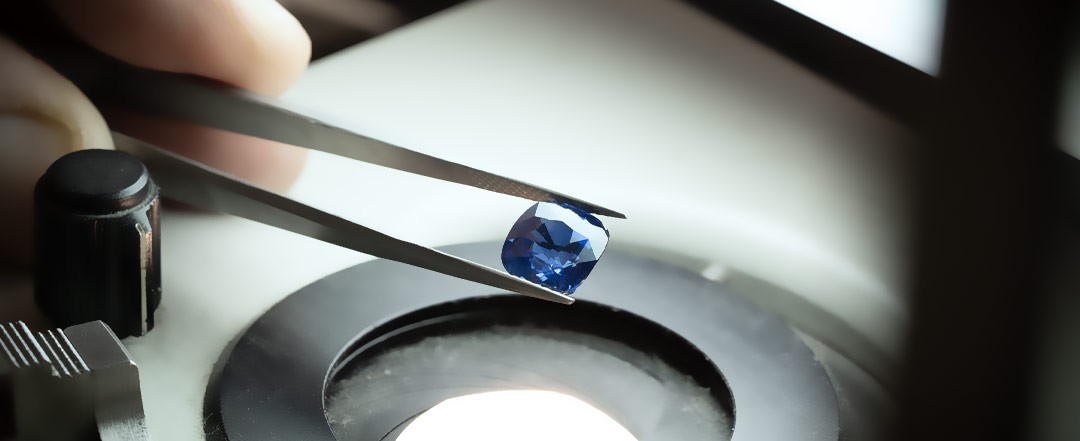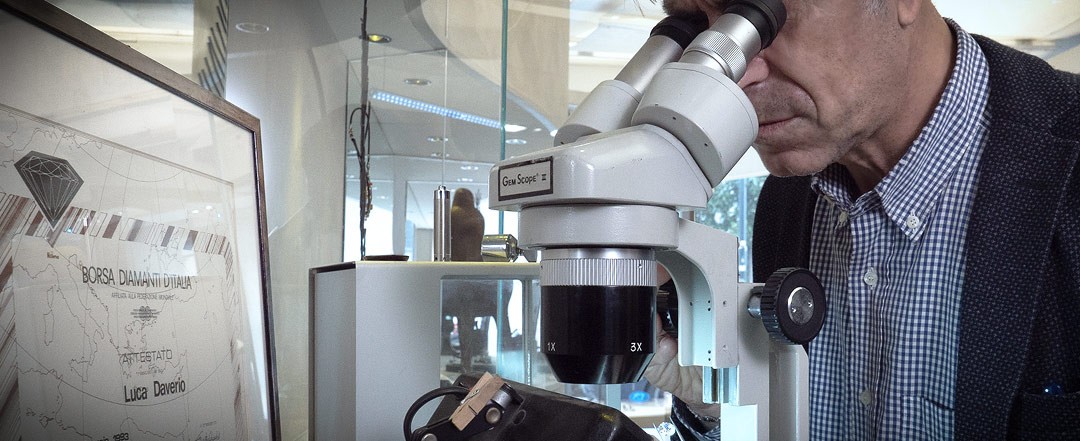How to Evaluate Precious Stones: What You Need to Know

Knowing how to evaluate precious stones is a complex activity that requires specific gemological expertise. The gemologist is indeed the professional who can issue the gemological certificate, which is the official document for evaluating a precious stone, from the gem’s origin to the characteristics that determine its value.
To obtain a gemological certificate recognized worldwide, however, it is essential to contact one of the three international gemological institutes:
– the Gemological Institute of America (GIA), founded in the United States in 1931;
– the International Gemological Institute (IGI), established in 1975 in Antwerp, Belgium;
– the Hoge Raad voor Diamant (HRD), in English “Diamond High Council,” also established in Antwerp in 1973.
Even for those who purchase jewelry with precious stones, or want to have one of their own evaluated, it can still be useful to know some basic information about the aspects to consider. Here is our guide.
Aspects to Consider when Evaluating Precious Stones
There are some elements that are common to all gems and that are relevant for defining their value.
Color
This is one of the most important characteristics: a more or less intense color can influence the stone’s value. It is useful to know that some gems can take on different colorations: this is the case with sapphire, which generally brings to mind the blue-colored stone, but which exists in numerous other shades, from yellow to orange, to pink, purple and green hues.
Similarly, different stones can have similar colors, which can create confusion for those who know little about gems. For example, a sapphire, a topaz and an aquamarine can present a very similar shade of blue, but they are gems with different characteristics and consequently also with very different values. The same can happen with an emerald and a peridot, both green, or with the red tones of rubies and garnets.
Transparency
The more transparent a stone is, without inclusions, the greater its value. This is a general rule, which however can change based on the individual gem: for diamonds, for example, transparency is fundamental and is evaluated based on a specific scale; for other stones, especially colored ones, inclusions are not always a negative element. This is the case with some varieties of quartz, which, thanks to very fine inclusions, present an optical phenomenon called chatoyancy, which creates particular light effects.
Weight (Carats)
One of the main characteristics for evaluating precious stones is carats, that is, weight: 1 carat corresponds to 0.2 grams, so 1 gram equals 5 carats. The value depends on carats, but varies according to the stones and is much higher for rarer gems, such as diamonds, rubies, emeralds.
Cut
The cut allows the brilliance of a stone to be highlighted, increasing its value, and depends on the physical characteristics of the stone itself. For example, the brilliant cut is most suitable for diamonds, just as the rectangular step cut is more suitable for emeralds.
How to Evaluate Diamonds, Rubies, Emeralds and Sapphires
Diamonds
As is well known, the value of a diamond is given by the 4 Cs, from the initials of the English terms colour, clarity, cut and carat.
Color is determined on a scale, created in the 1930s by the American Gemological Institute, which goes from D (exceptional white +) to G (extra white), then continues to Z with increasingly less brilliant color.
Rubies
Color is the main characteristic that determines the value of a ruby. The coloration, however, can be improved through heat treatment, which can also make any inclusions less visible. The vast majority of rubies on the market have been subjected to heating, which does not diminish the gem’s value, but must be declared in the gemological certificate.
Emeralds
Often emeralds present internal fissures, due to the crystallization process of the stones, which can affect transparency and luminosity: in these cases, which are very frequent, treatment with oil or resin is used. Even for treated emeralds, it is important that the methods and extent of treatment are declared.
Sapphires
Also sapphires, like rubies, are often subjected to heat treatments to modify their color, making it more or less intense depending on the case and eliminating unwanted shades. About 95% of sapphires on the market have been heat treated and for these stones too the treatment must be declared.
Evaluating Precious Stones: the Role of the Gemologist
The best advice, when it comes to precious stones, is to contact an expert gemologist, who can perform a professional evaluation and issue a gemological certificate.
Daverio1933 offers this service to its clients, thanks to the long gemological experience of Luca Daverio. In the Bergamo showroom it is possible to have precious stones evaluated and your jewelry appraised also through sworn appraisals with legal value, important for example in the case of asset division. For clients who wish, appraisals and evaluations can also be carried out at home or in safety deposit boxes.
It is important to emphasize that, regarding the precious stones used in its jewelry, Daverio1933 issues exclusively gemological certificates issued by one of the international institutes (particularly the GIA) and recognized worldwide.


